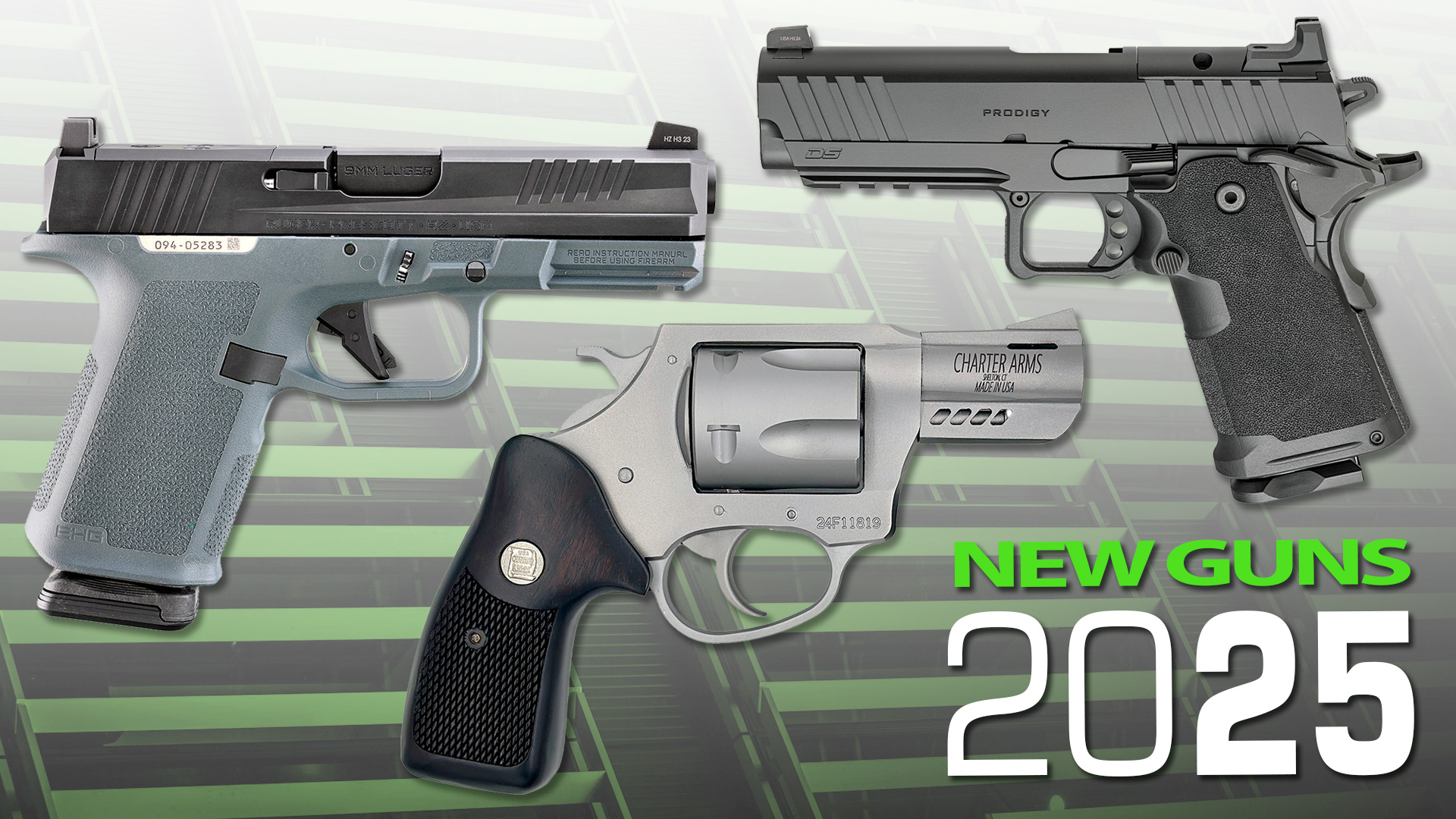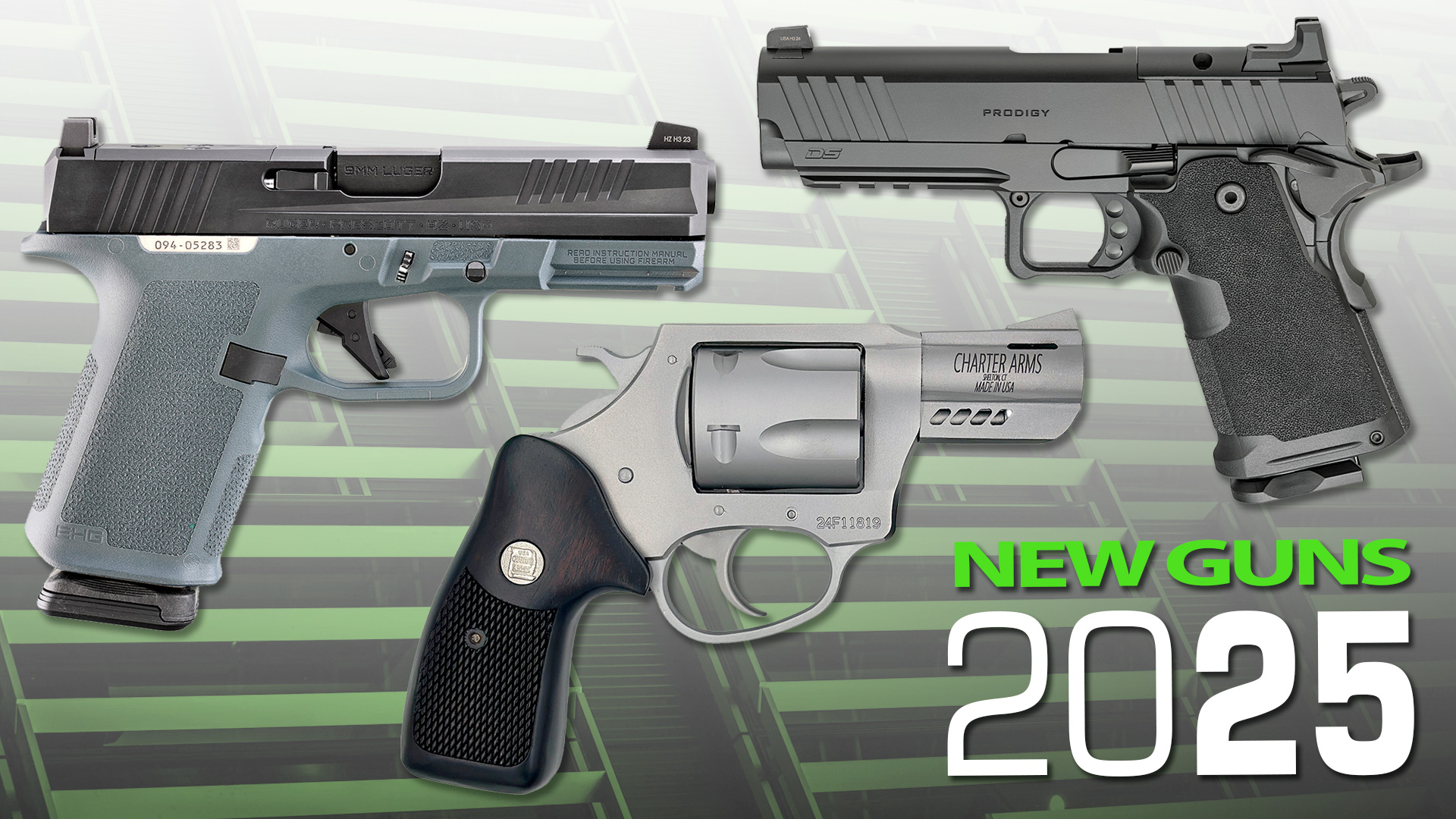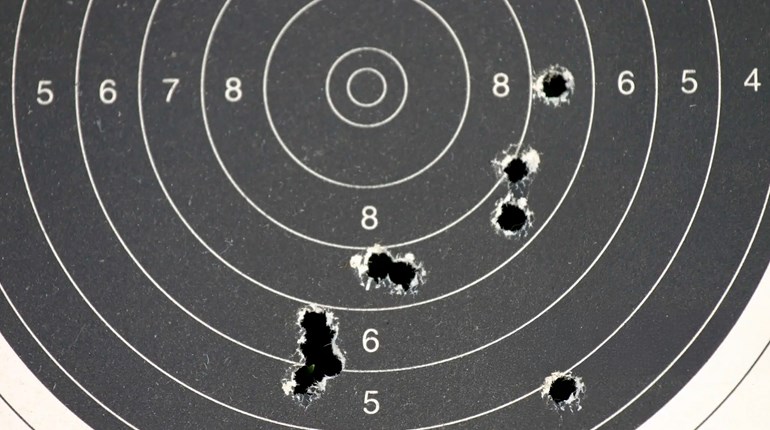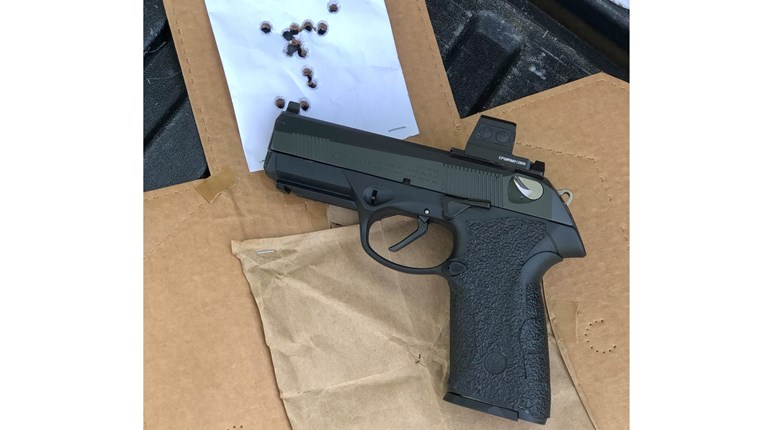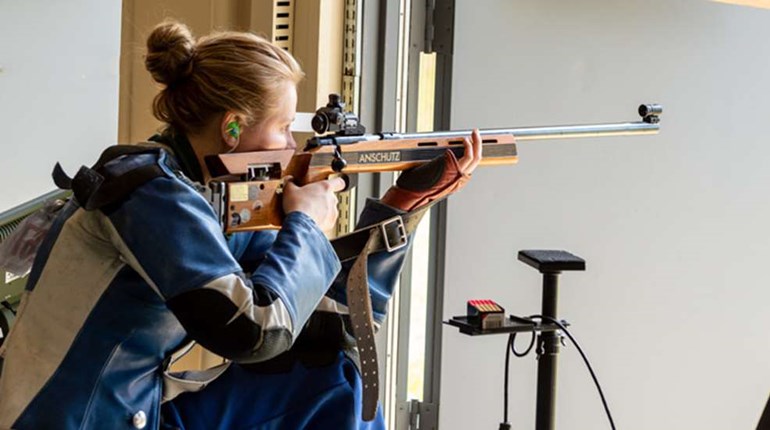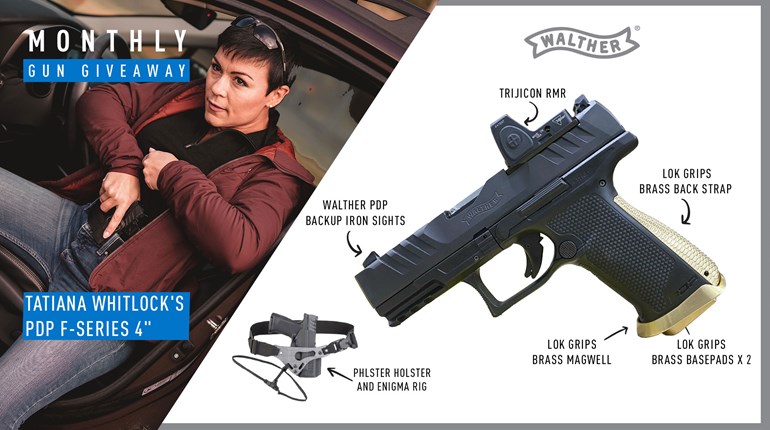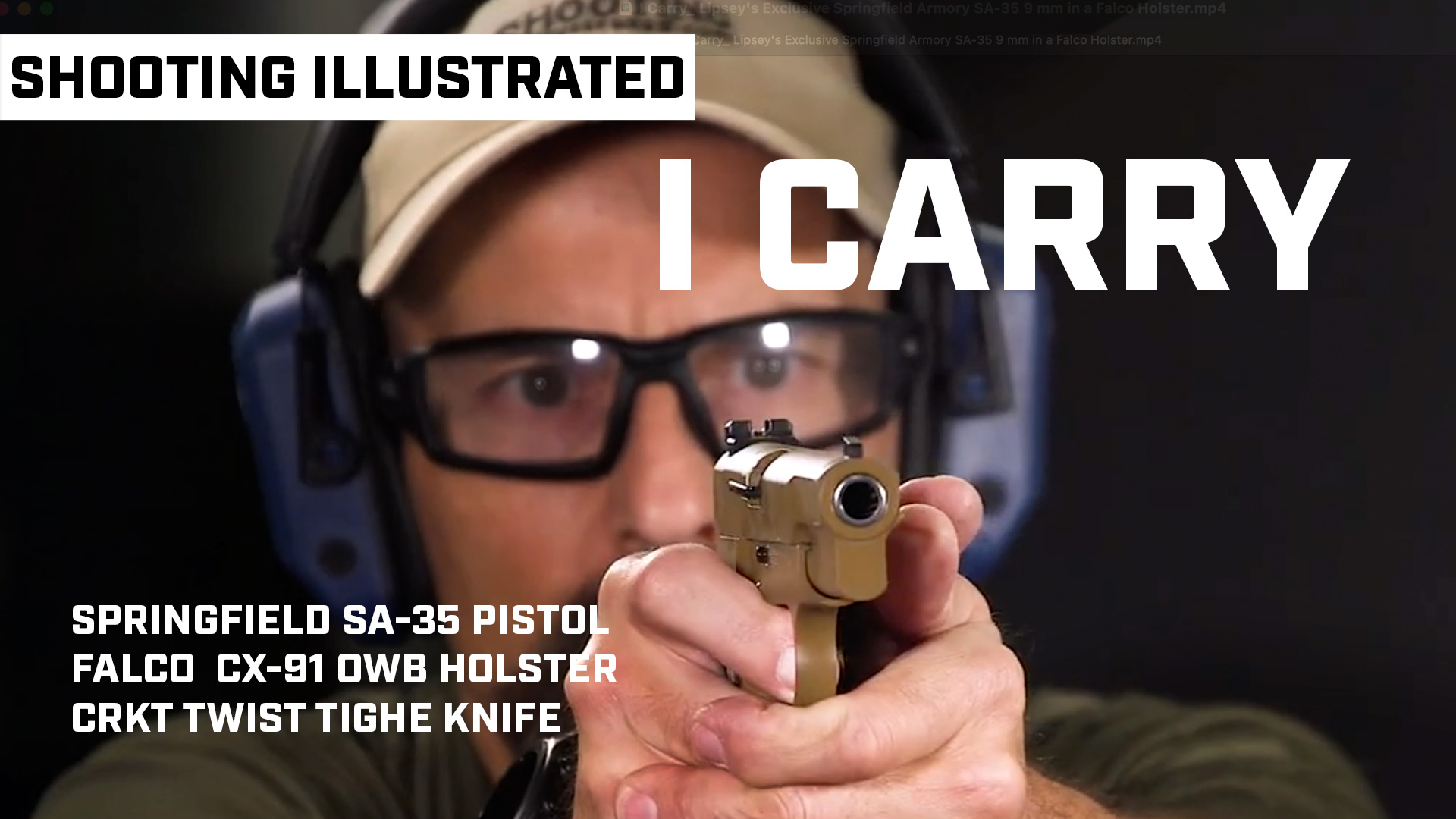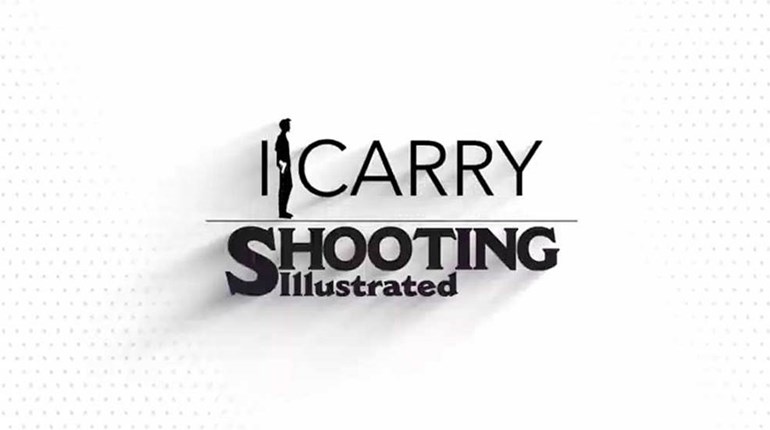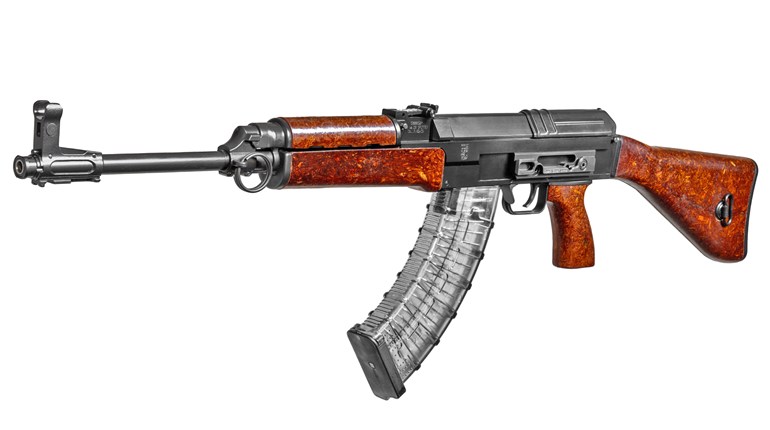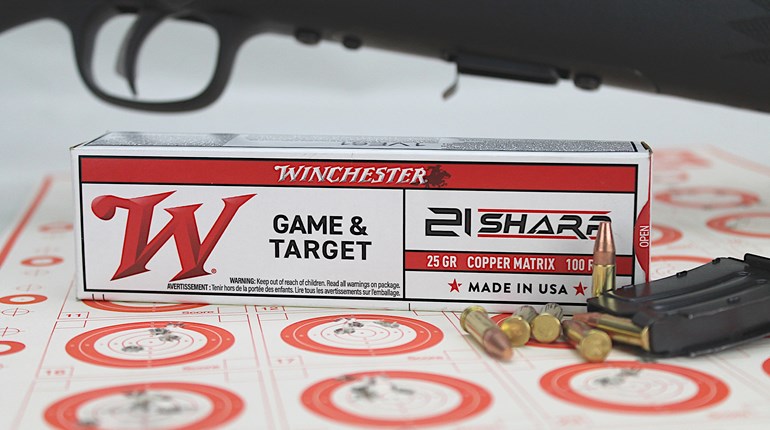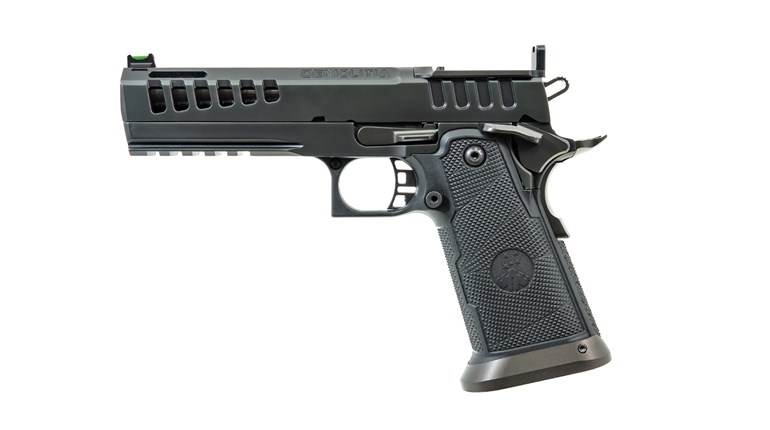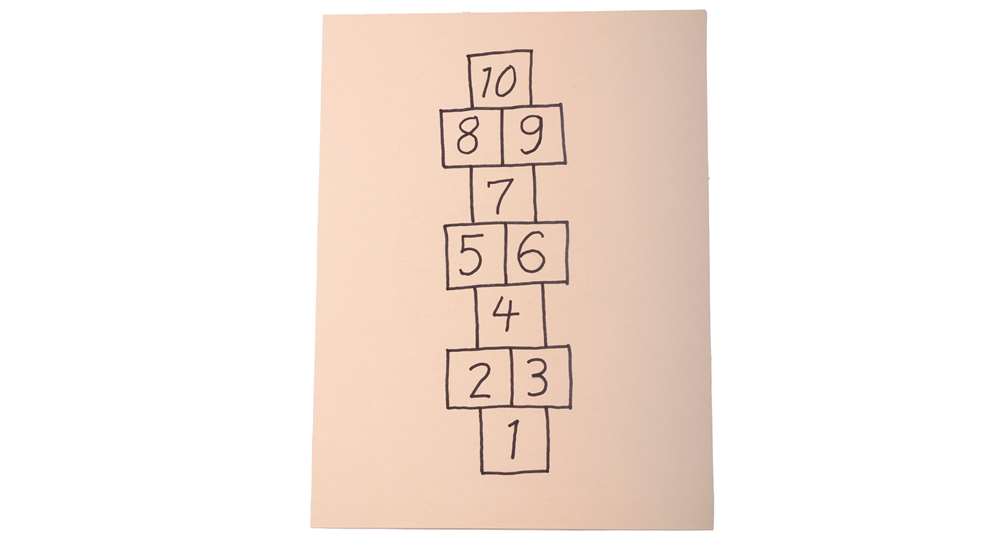
Hopscotch is a game many of us played as kids, perfecting our balance and agility as we hopped between squares. What if we took that childhood classic and gave it a ballistic twist? Enter Range Hopscotch: a fun, challenging drill that combines shooting fundamentals with a nod to simpler times.
Set-Up
Draw your best hopscotch grid on the back of a poster-size target or a blank cardboard backer. Each square should be about 2 inches by 2 inches. Number the squares from 1 to 9 with 10 on top, hopscotch style, and we’re good to go!
Regarding ammo, one full round requires 19 shots at a distance of 3 yards. Add distance for greater difficulty.
You’ll need three magazines loaded to capacity. Depending on your range’s rules, start from the holster or at a low/compressed-ready position. Think of it as the “ready, set, go” of hopscotch, but with firearms.
Here’s the drill:
Square 1: (The “Stone toss”): Begin by firing one round into Square 1 with a two-handed grip, just like tossing the stone into the square in the classic game.
Squares 2 and 3: (One-foot hop): Now, things get interesting. Engage squares 2 and 3, but this time with a dominant hand-only grip (simulating that one-footed hop we all remember). Fire one shot at each.
Squares 4 and 5: (Back to two hands): Re-establish your two-handed grip and fire one round each into Squares 4 and 5.
Square 6: (Strong-hand only): Switch back to dominant hand-only for Square 6, and fire one shot.
Squares 7 and 8: (Two-handed): Fire one round each into Squares 7 and 8 with a two-handed grip.
Square 9: (Strong-hand only): Engage Square 9 with a solid, strong-hand grip.
Square 10: (The finish line): Re-establish your two-handed grip and fire one round into the final top square. Like landing that final hop at the end of the game. Victory.
Return Trip: (The lefty challenge): Remember how we had to hop back to the start? Here’s the return trip: engage the same squares this time, but swap to your non-dominant hand for the one-handed shots. So, for Squares 2 and 3, it’s non-dominant hand only; for Square 6, same thing.
Reload as Needed: You’ll need to reload somewhere along the way—probably when your heart is pounding because you missed one of those 2-inch squares.
The Rules
Subsequent Rounds: Once you’ve completed your first trip around the grid, the following “stone toss” will progress into the number 2 square. You must restart at number 1, but skip the stone-toss square as you transition, adding to your memory game as the target becomes peppered with shots.
Shoot Clean: To play by the book, every shot must land within its respective square’s lines.
Old-School Playground Rules (Optional): Back in the day, you were out if your foot touched the line or if you hopped out of sequence. If you want to go hardcore, apply the same rule: if your shot touches the line, count it as a miss, and you’re back to square one (literally). Or, you can take it easy and score your hits at the end of the round. Your range (sandbox), your rules.
What Skills Are We Practicing?
Grip Transitions: Switching between two-handed, dominant-hand and non-dominant hand grips is a technical skill that emphasizes safety. Mastering these transitions helps in real-life scenarios where you might need to shoot from awkward or compromised positions.
Precision Accuracy: Those 2x2-inch squares are small for a reason. This drill demands accuracy, training your ability to focus on fine target details, maintain steady sight alignment and perfect trigger control. After all, sloppy shots won’t cut it when every square counts.
Target Transitions: Moving quickly and efficiently from one square to the next hones your ability to transition between targets while maintaining sight of your fundamentals. The faster and smoother your transitions, the better you’ll be in dynamic shooting situations.
Ambidextrous Shooting: Incorporating weak-hand shooting forces you to develop proficiency with both hands. In self-defense scenarios, you may not always have the luxury of using your strong hand, so becoming comfortable with your weak hand is essential.
Reloads Under Pressure: Reloading mid-drill is part of the fun. Reloading while focusing on target transitions and drill patterns adds more challenges and develops skills.
This drill goes beyond childhood memories, focusing on refining shooting fundamentals in a challenging and engaging way. Whether you adhere to playground rules or simply aim for ambidextrous practice, this drill demands the same mental and physical agility as the original.


